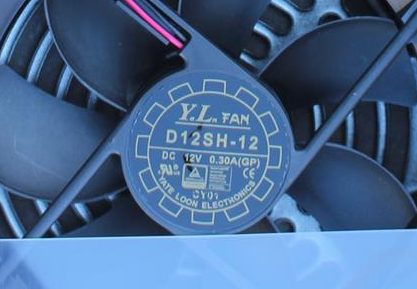Hello. So i own Corsair CV550 Power Supply. And my problem is, it is smaller than normal PSU's. My ventilation hole on the bottom of the case is not that big so my fan only sticks half way. Im scared if it could overheat or something so i rotated the power supply up side down, so now the fan is facing up to the case. My case is Evolveo Nate 2. I have two intake fans. One is Be quiet Pure wings 2 and another is Evolveo fan that comes with case. And i have one exhaust fan also Evolveo fan that comes with the case. I have exactly 8fans in my case. (I mean i literally counted all fans like gpu fans and cpu fans etc.) And i heard about the negative pressure or positive pressure or something like that so im scared that if my PSU fan is facing up it could do something like that.)
My specs: Ryzen 5 2600 (Arctic Freezer 34)
GIGABYTE Triple fan 1660 Super
HyperX 8gb DDR4 3200mhz
GIGABYTE B450M S2H
Kingston A2000 M.2 NVME SSD
Corsair CV550
Evolveo Nate 2



My specs: Ryzen 5 2600 (Arctic Freezer 34)
GIGABYTE Triple fan 1660 Super
HyperX 8gb DDR4 3200mhz
GIGABYTE B450M S2H
Kingston A2000 M.2 NVME SSD
Corsair CV550
Evolveo Nate 2






